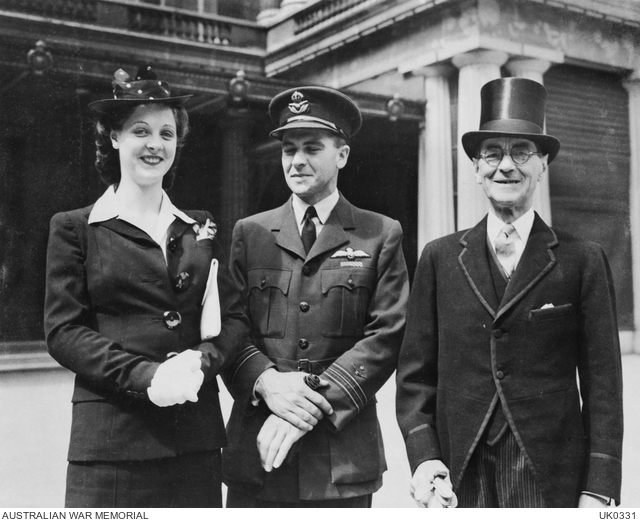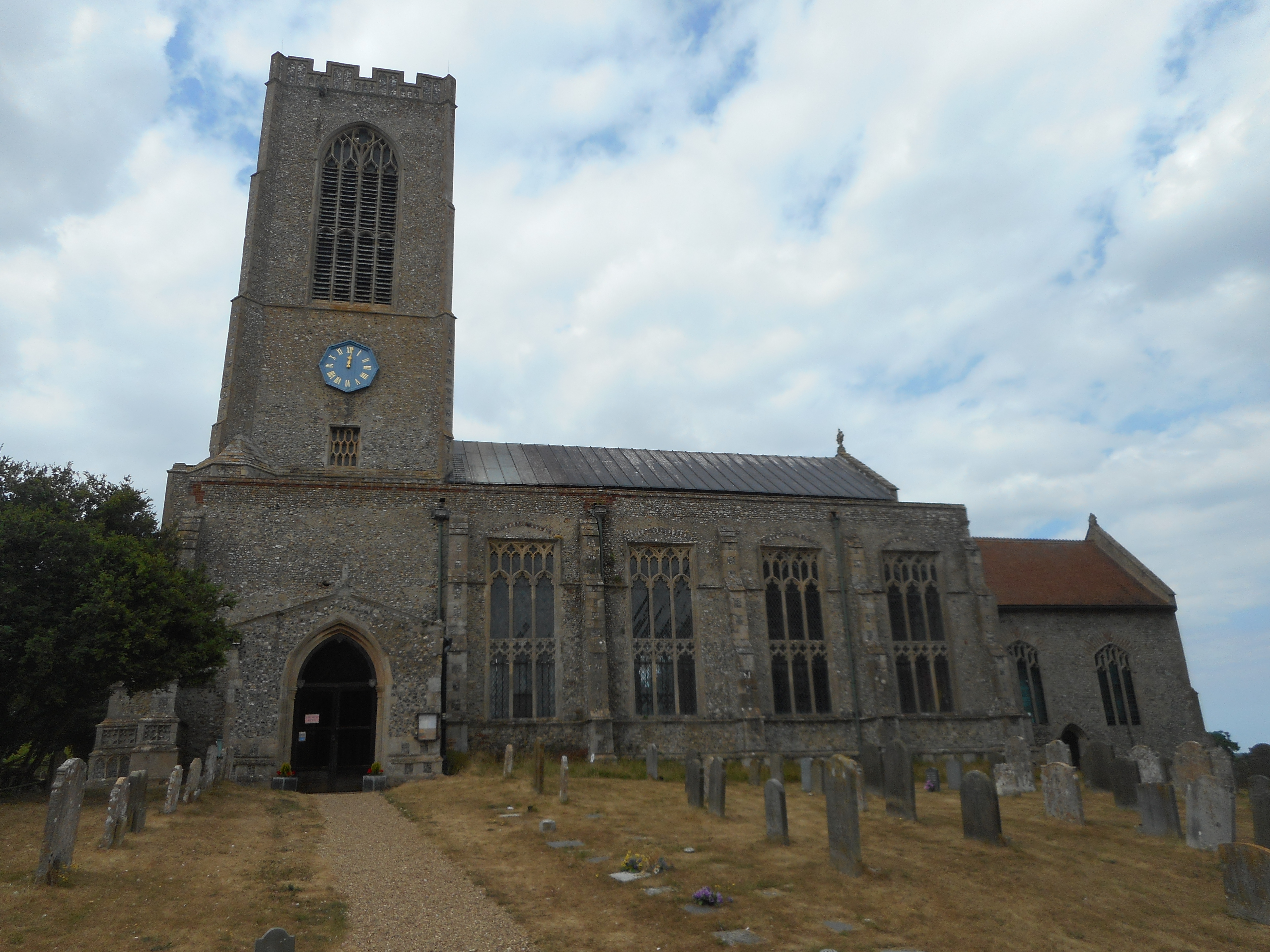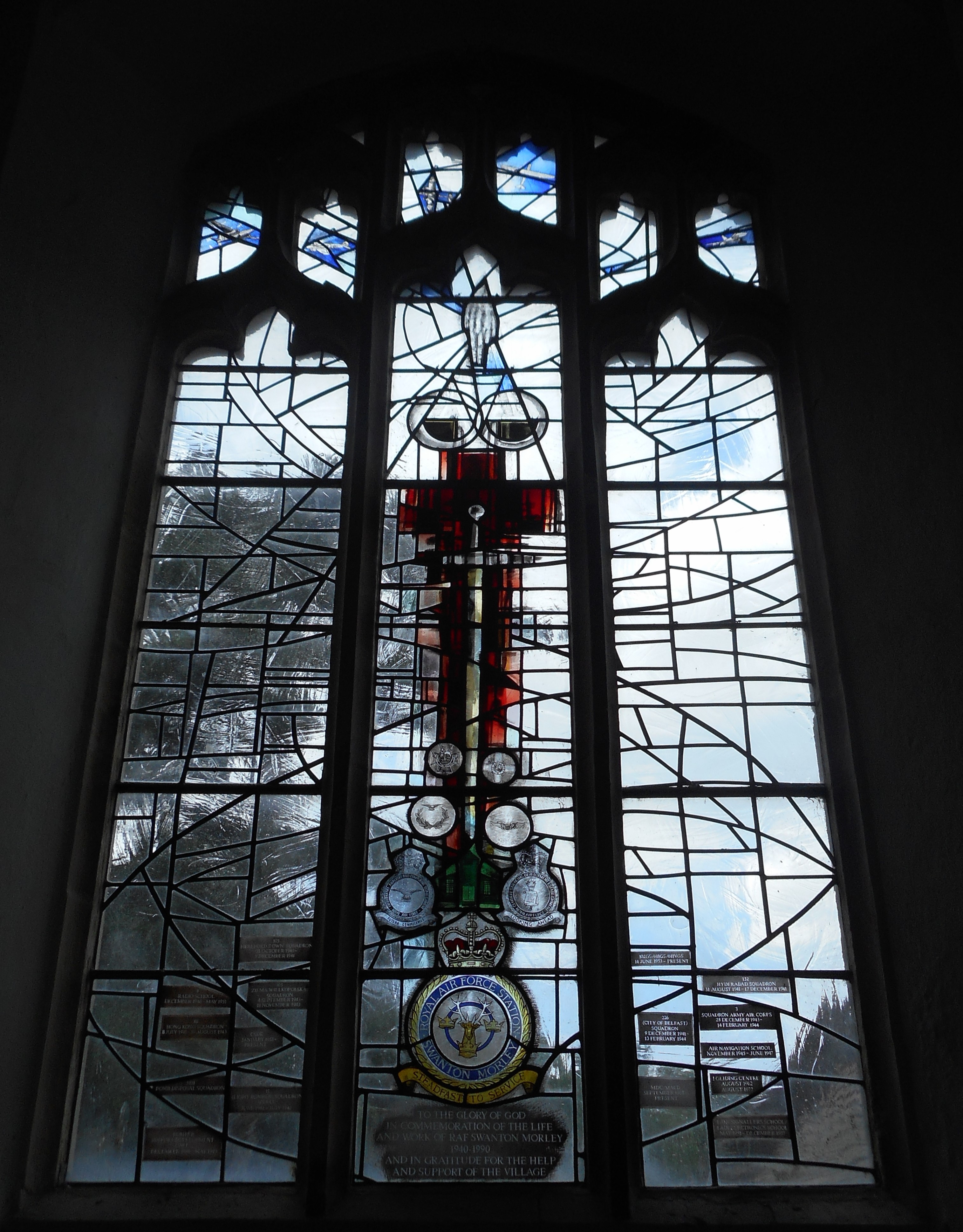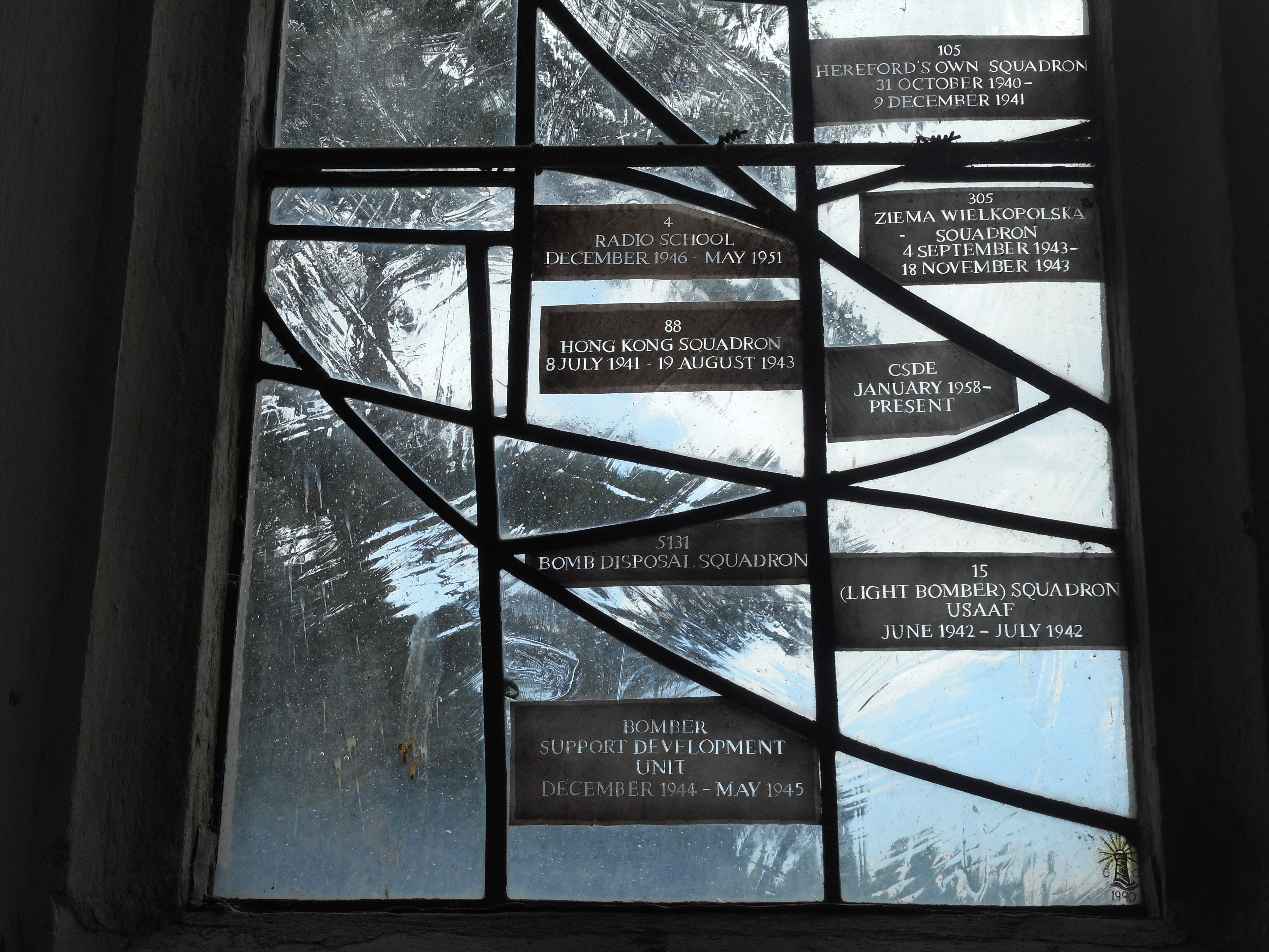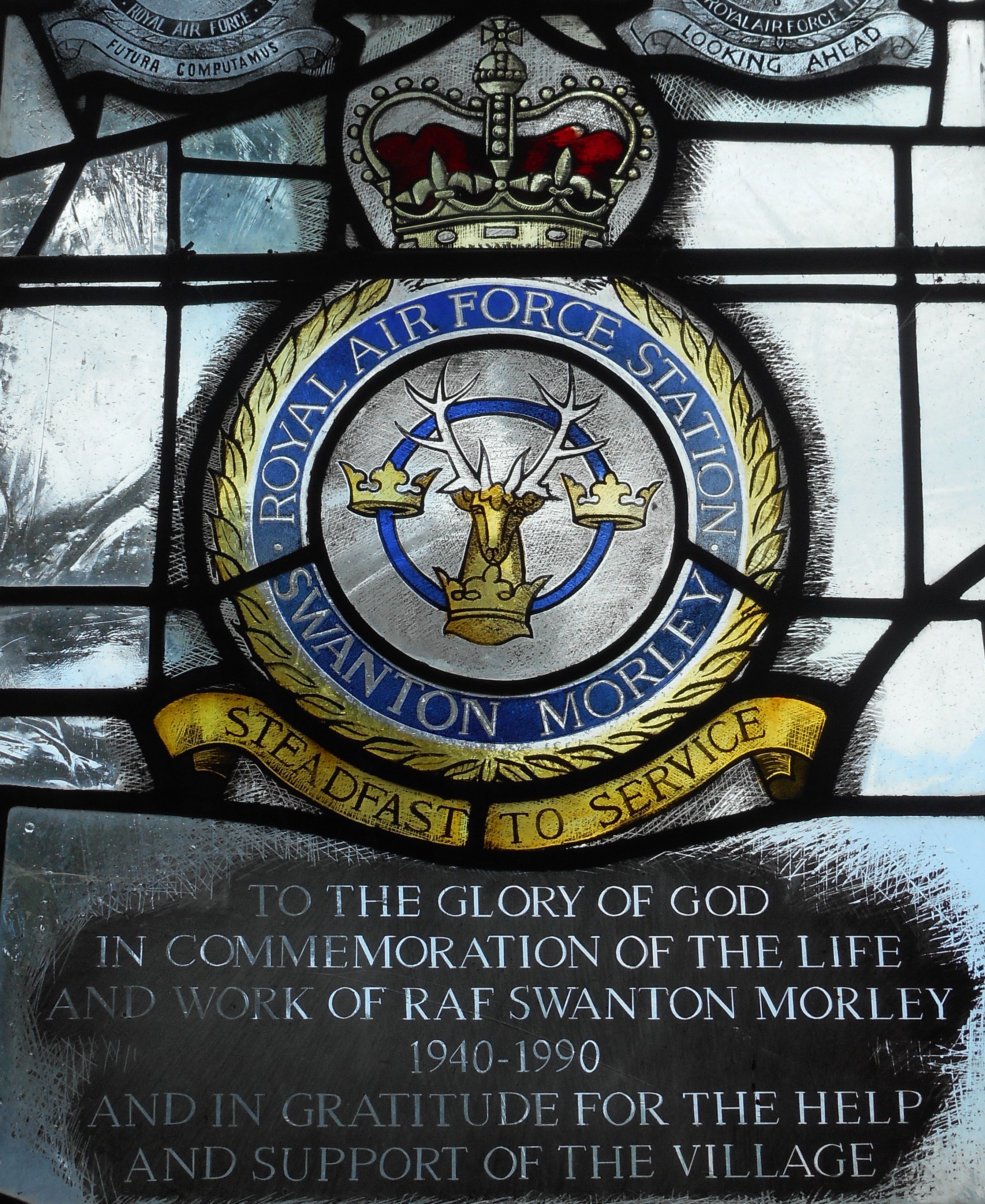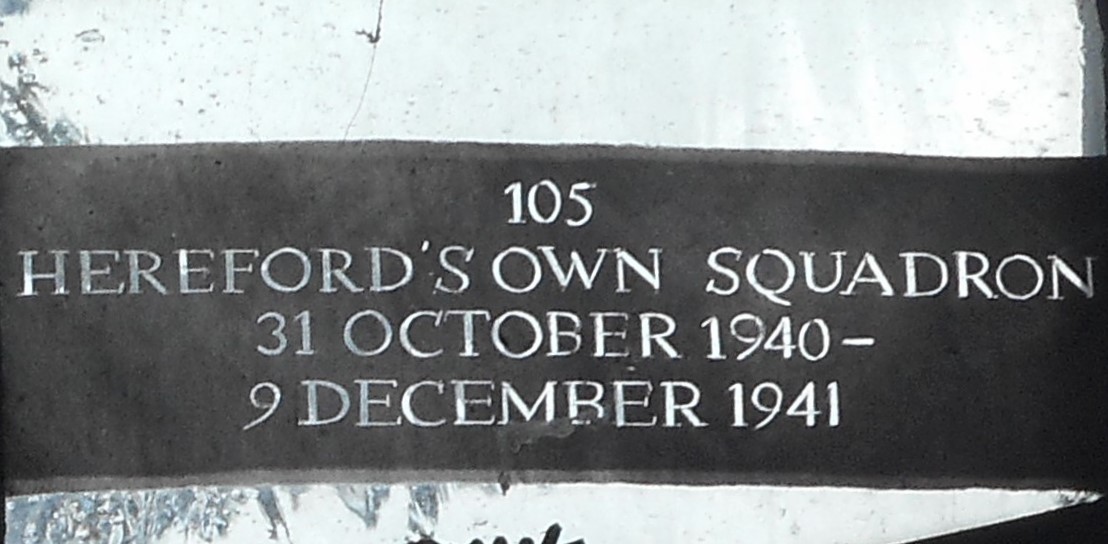Blessing, William Walter
Personal Information
| Rank | S/L |
| Forename(s) | William Walter |
| Surname | Blessing |
| Gender | M |
| Age | 31 |
| Decorations | DSO, DFC |
| Date of Death | 07-07-1944 |
| Next of Kin | Son of Walter Clinton Blessing and Elizabeth Mary Blessing, of Braidwood, New South Wales, Australia. Husband of Audrey Pamela Blessing, of Stanmore, Middlesex, England. |
Aircraft Information
| Aircraft | de Havilland Mosquito XVI |
| Serial Number | ML964 |
| Markings | GB-J |
Memorial Information
| Burial/Memorial Country | France |
| Burial/Memorial Place | la Delivrande War Cemetery |
| Grave Reference | III. D. 3. |
| Epitaph | GREATER LOVE HATH NO MAN. HE LAID DOWN HIS LIFE FOR HIS FRIENDS |
IBCC Memorial Information
| Phase | 2 |
| Panel Number | 132 |
Enlistment Information
| Service Number | 404648 |
| Service | Royal Australian Air Force |
| Group | 8 |
| Squadron | 105 |
| Squadron Motto | Fortis in proelis (Valiant in battles) |
| Trade | Pilot |
| Country of Origin | Australia |
Other Memorials
| Location | All Saints Church, Swanton Morley, Norfolk |
| Country | United Kingdom |
| Memorial Type | Inscribed Window |
| Memorial Text | A memorial to all those who served at RAF Swanton Morley during WW2, including 105 Sqn from October 1940 to December 1941 |
Miscellaneous Information
| DSO Citation, London Gazette, 18 June 1943: "Bar to Distinguished Service Order. Acting Wing Commander Reginald Wilfred REYNOLDS, D.S.O., D.F.C. (40259), Reserve of Air Force Officers, No! 139 Squadron. Distinguished Service Order. Acting Squadron Leader William Walter BLESSING. D.F.C. (Aus.404648), Royal Australian Air Force, No. 105 Squadron. Acting Flight Lieutenant Edward Barnes SISMORE, D.F.C. (130208), Royal Air Force Volunteer Reserve, No. 139 Squadron. Distinguished Flying Cross. Flying Officer Forrest Martin FISHER (121787), Royal Air Force Volunteer Reserve, No. 105 Squadron. Distinguished Flying Medal. 1379594 Flight Sergeant Leslie HOGAN, No. 105 Squadron. On the 27th May, 1943, a force of bombers were detailed to attack targets at Jena, Germany, in daylight. The operation called for a high degree of skill and necessitated a flight over strongly defended areas and difficult terrain. Whilst still a considerable distance from the target, the weather deteriorated and visibility became very poor. Nevertheless, the objective, far away in enemy territory was reached according to plan. In spite of balloon defences, and in the face of fierce anti-aircraft fire, a low level attack was pressed home with great vigour. The success achieved reflects the greatest credit on the efforts of the abovenamed personnel who took part in the operation in various capacities, as members of aircraft crews. Their skill, courage and determination were of a high order". |
Commonwealth War Graves Commission
The National Archives
Last Operation Information
| Start Date | 07-07-1944 |
| End Date | 07-07-1944 |
| Takeoff Station | Bourn |
| Day/Night Raid | Day |
| Operation | Caen as primary target marker |
| Reason for Loss | Badly damaged by a night-fighter. The skipper gave the order to bale out and P/O D T Burke complied (and landed in Allied held territory) but the skipper himself was unable to follow suit. |
